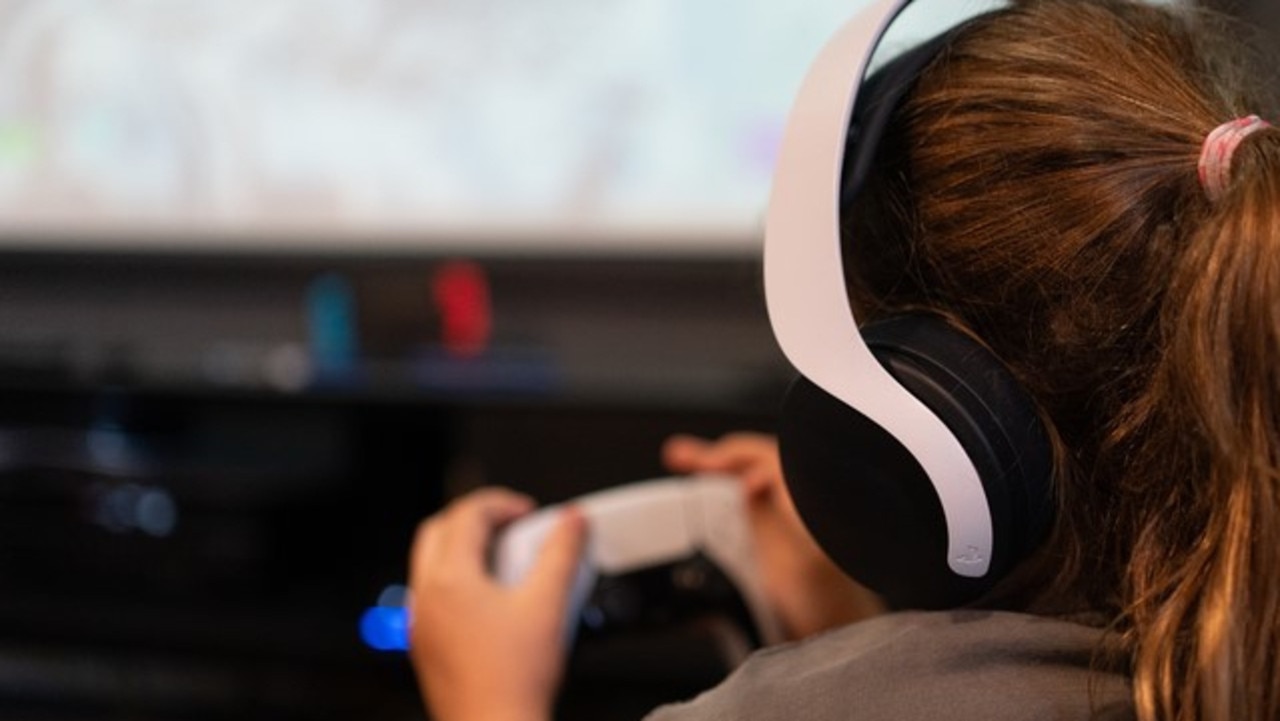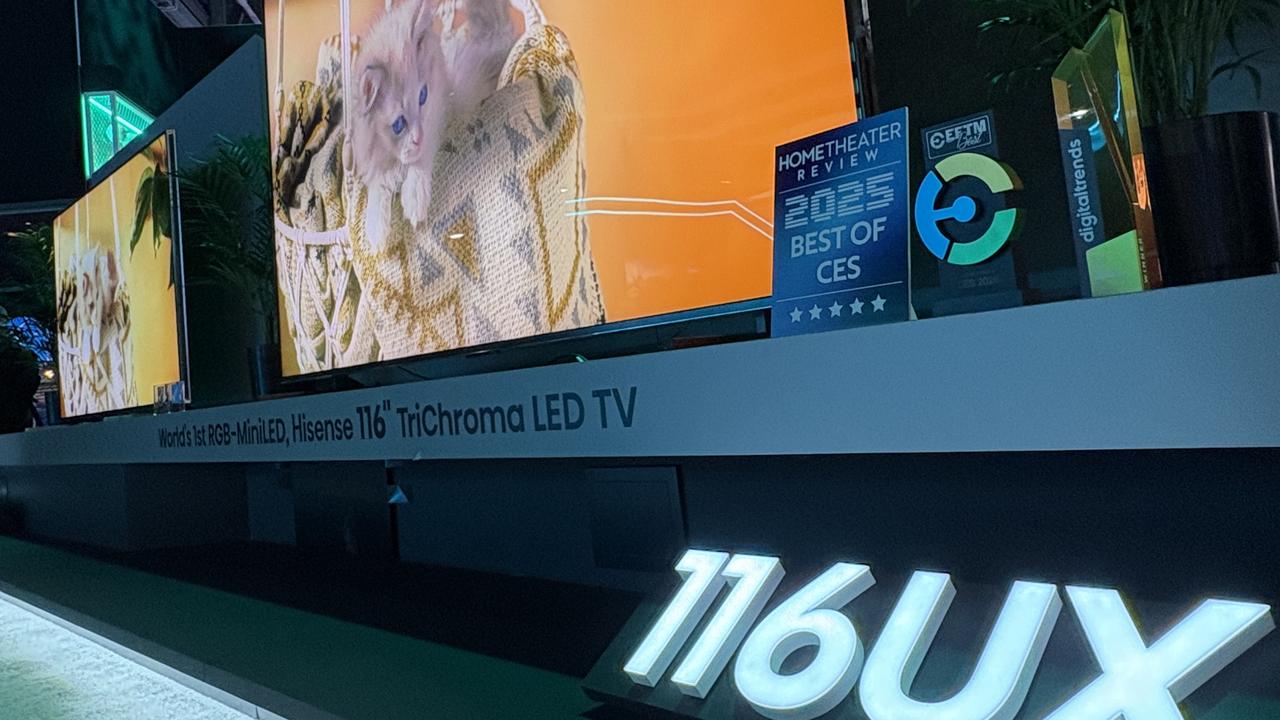Netflix reveal still images are what make users engage with content on the streaming service
DID you know Netflix has developed a carefully orchestrated method to ensure you are binge watching content on its service?
DID you know Netflix has developed a carefully orchestrated method to ensure you are binge watching content on its service?
It all began in 2014 when the streaming giant conducted some consumer research studies into how members decided what content to watch.
Global Manager of Creative Services Nick Nelson said Netflix quickly discovered it was the imagery used by the service that influenced the choices of its consumers.
“We know that if you don’t capture a member’s attention within 90 seconds, that members will likely lose interest and move onto another activity,” he wrote in a blog.
“Knowing we have such a short time to capture interest, images become the most efficient and compelling way to help members discover the perfect title as quickly as possible. After all, the human brain can process images in as little as 13 milliseconds.”
Netflix not only discovered that artwork was the biggest influencer in terms of selection choice, but learnt browsing images constituted for 82 per cent of user focus on the service.
Additionally, the streaming giant discovered consumers spent an average of 1.8 seconds considering titles presented on the service.
Netflix’s earliest research came from an analysis of an original documentary about school students competing in the game of golf called The Short Game.
Mr Nelson said the streaming service provided test subjects with different cover images and then measured engagement with the title over a number of different variants.
“We saw one clear thing — using better images to represent content significantly increased overall streaming hours and engagement from our members,” he wrote.
Since then, Netflix has continued to examine data surrounding how compelling images drive content and it claims to have uncovered the keys to success.
FACE THE FACTS

The second season of Unbreakable Kimmy Schmidt drove the most engagement with subscribers and it’s widely due to imagery containing the face of the star.
However, Mr Nelson said it’s not just her face driving users to the content — it’s what she is doing with it.
“It is important to note that faces with complex emotions outperform stoic or benign expressions — seeing a range of emotions actually compels people to watch a story more,” he wrote.
“This is likely due to the fact that complex emotions convey a wealth of information to members regarding the tone or feel of the content.”
NICE GUYS FINISH LAST

People might pretend to barrack for the hero in movies, but Mr Nelson said Netflix has learnt people secretly love the bad guys more.
“Throughout our research, we have seen that using visible, recognisable characters (and especially polarising ones) results in more engagement,” he wrote.
“Our members respond to villainous characters surprisingly well in both kids and action genres in particular.”
Netflix discovered this was most clear with Dragons: Race to the Edge, with the two images of containing villains outperforming the others.
THE POWER OF ONE

They say one is the loneliest number, but it appears it is also the best way to get engagement on your content.
Mr Nelson said one of the earliest trends Netflix uncovered was the fact people fewer people were inclined to watch content when the imagery contained three or more people.
Realising this was the case, Netflix’s artwork for Orange is the New Black was changed from containing all the cast in the first season to containing just one character for its successors.
“This can feel counterintuitive, particularly with shows that have an eclectic mix of talented lead characters,” he said.
“But while ensemble casts are fantastic for a huge billboard on the side of a highway, they are too complex at small sizes and ultimately, not as effective at helping our members decide if the title is right for them on smaller screens.”
Continue the discussion on Twitter @mattydunn11



